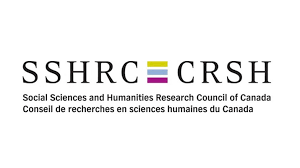Causal Candidates
We conduct studies that identify causal candidates for the onset and maintenance of sexually harmful behaviours. By identifying factors for the onset and then using these findings to inform effective prevention efforts, we can reduce the prevalence of sexual harmful behaviour in society. These studies are split into three broad categories:
 |
 |
 |
| Population-Based Studies | Paraphilia/Sexual Interests | Change in Factors |
Population-based designs allow for family-based, sibling-designs, and case-control studies to identify promising candidate by allowing for better control of confounding variables. One factor that is implicated in sexual offending against children is hebepedophilia, a sexual interest in children, but measurement of this construct can be improved. Change on factors can also provide evidence for causality. That is, if a detected factor is truly causal, then change on the factor should be associated with change in the behaviour.
Current Focus

We are examining psychiatric diagnoses as possible onset factors for sexual and violent offending. We are also conducting sets of studies to be understand the etiology and measurement of pedophilia. Finally, in the next few years, will be conducting studies to identify factors that, when changed, can change the prevalence of sexually harmful behaviours.

Select Publications
Population-based Studies
Babchishin, K. M., Seto, M. C., Sariaslan, A., Lichtenstein, P., Fazel, S., Långström, N. (2017). Parental and perinatal risk factors for sexual offending: A Nationwide case-control study over 37 years. Psychological Medicine, 47, 305-315. doi:10.1017/S003329171600249X
Sexual Interests
Martijn, F. M., Babchishin, K. M., Pullman, L. E., & Seto, M. C. (2020). Sexual attraction and falling in love in persons with pedohebephilia. Advance online publication. Archives of Sexual Behavior, 1-14.
Change
Babchishin, K. M., & Hanson, R. K. (2020). Monitoring changes in risk of reoffending: A prospective study of 632 men on community supervision. Journal of Consulting and Clinical Psychology, 88(10), 886–898. https://doi.org/10.1037/ccp0000601




